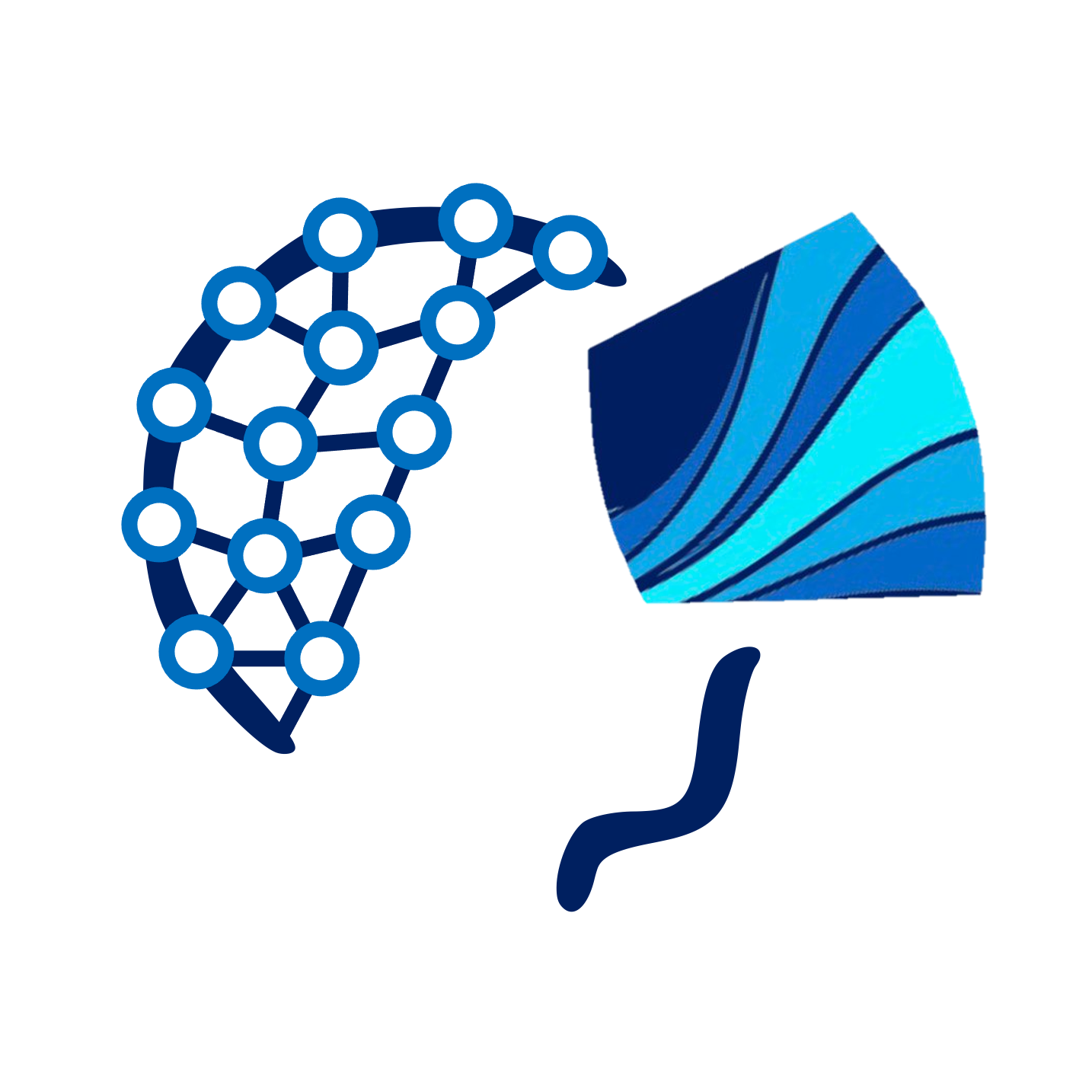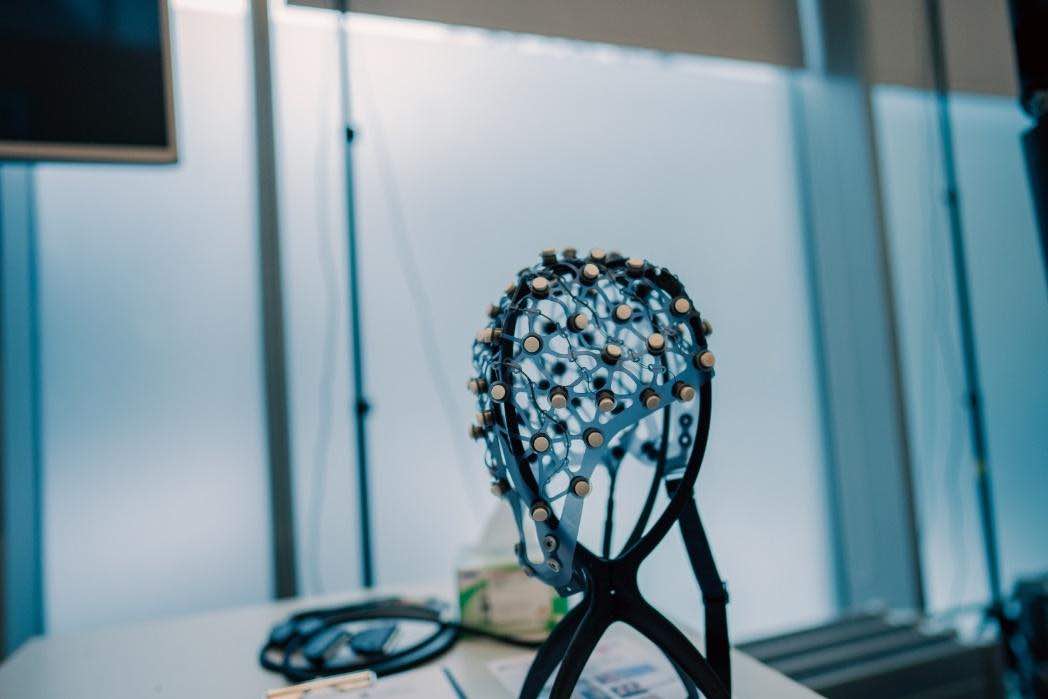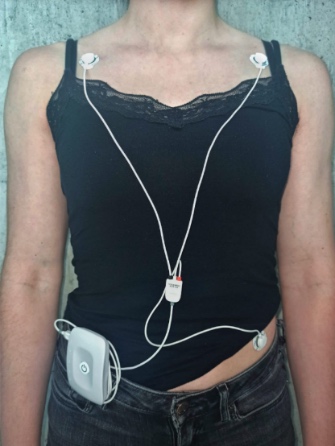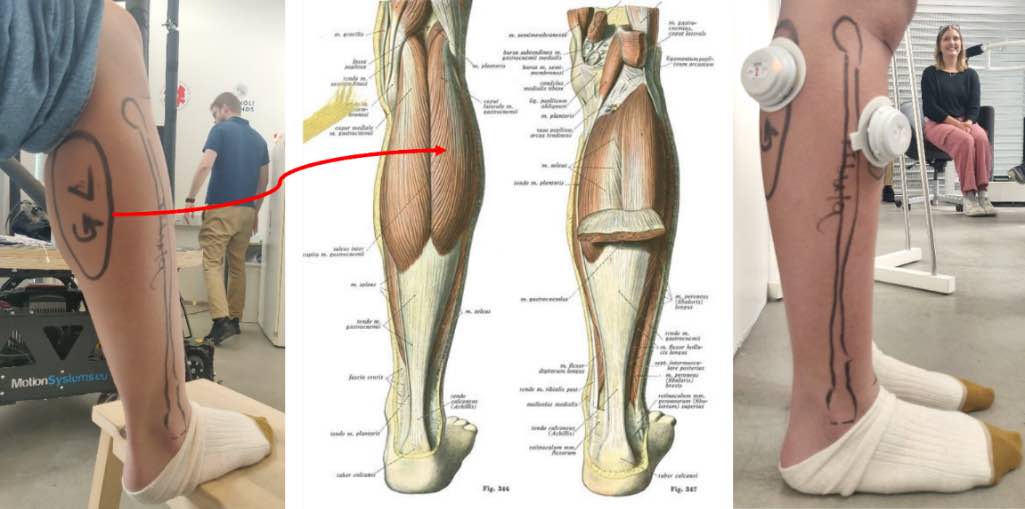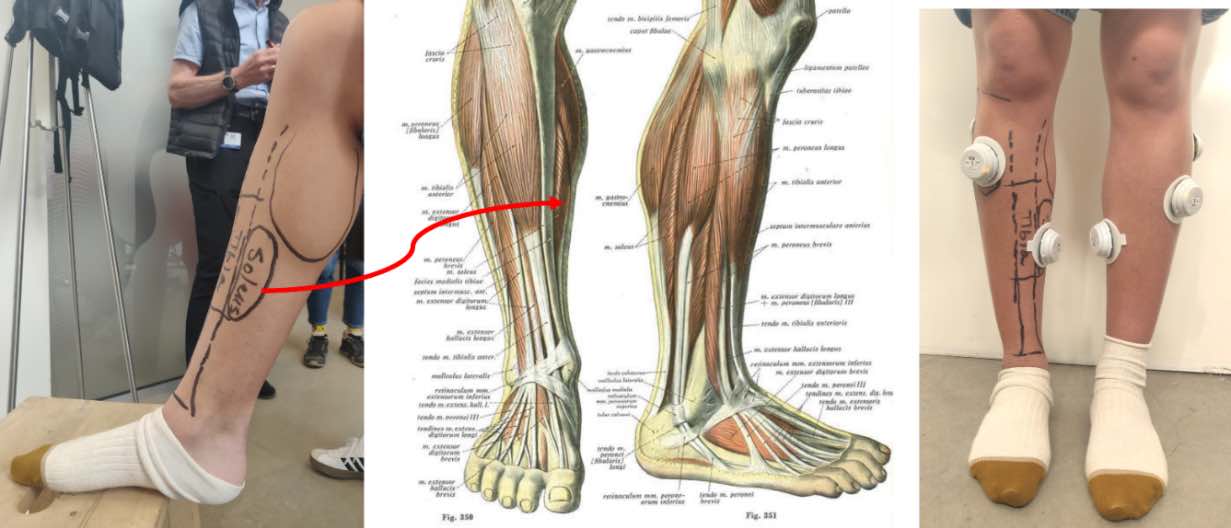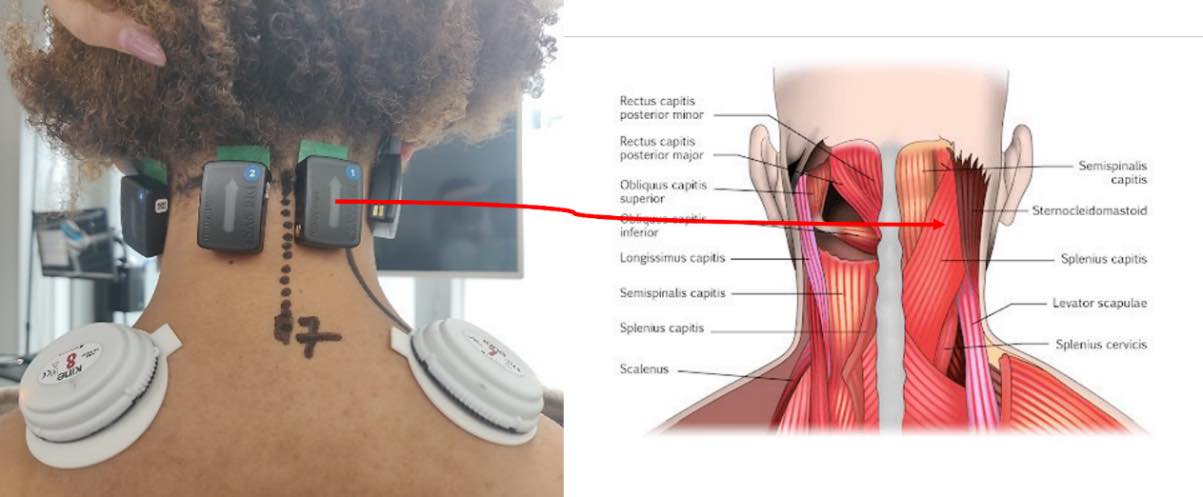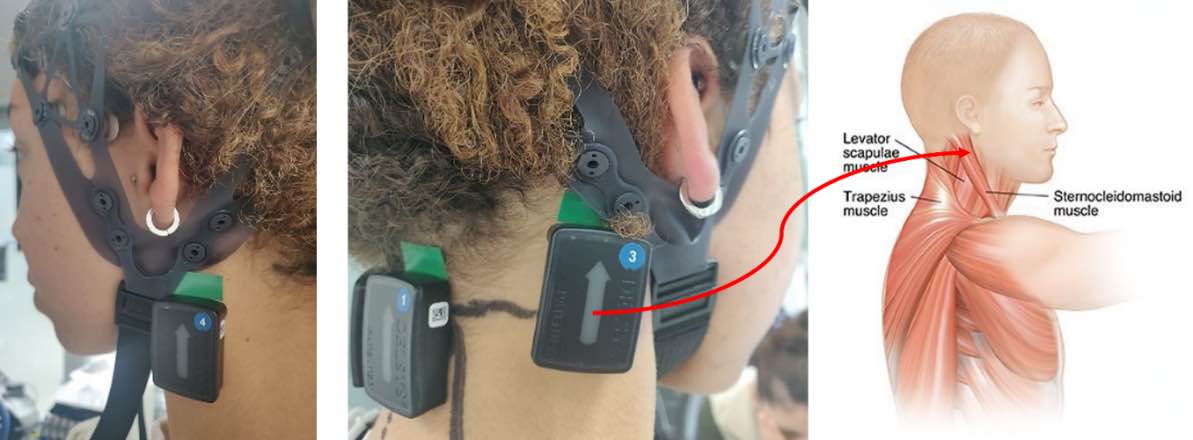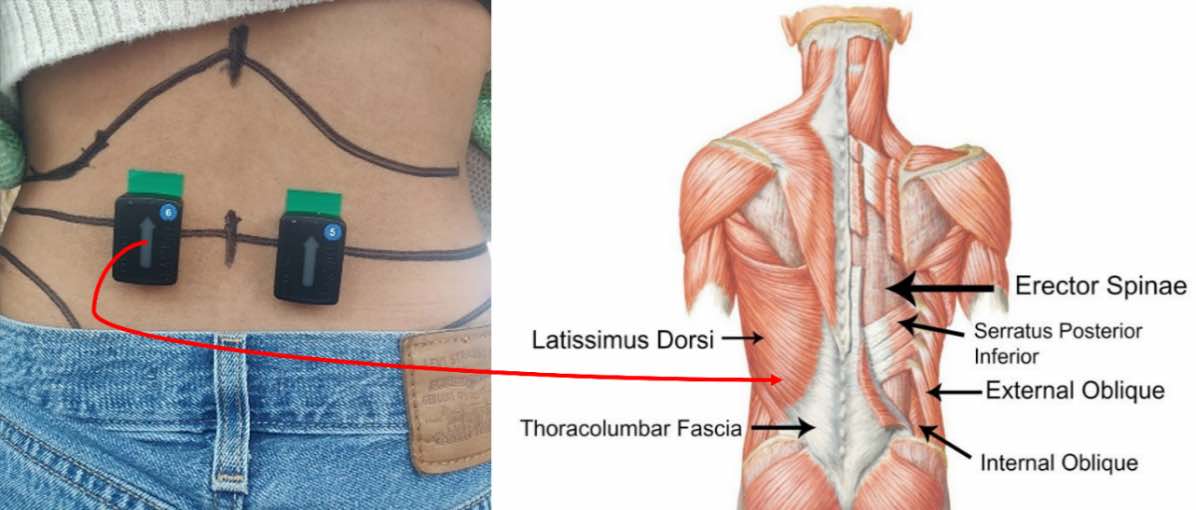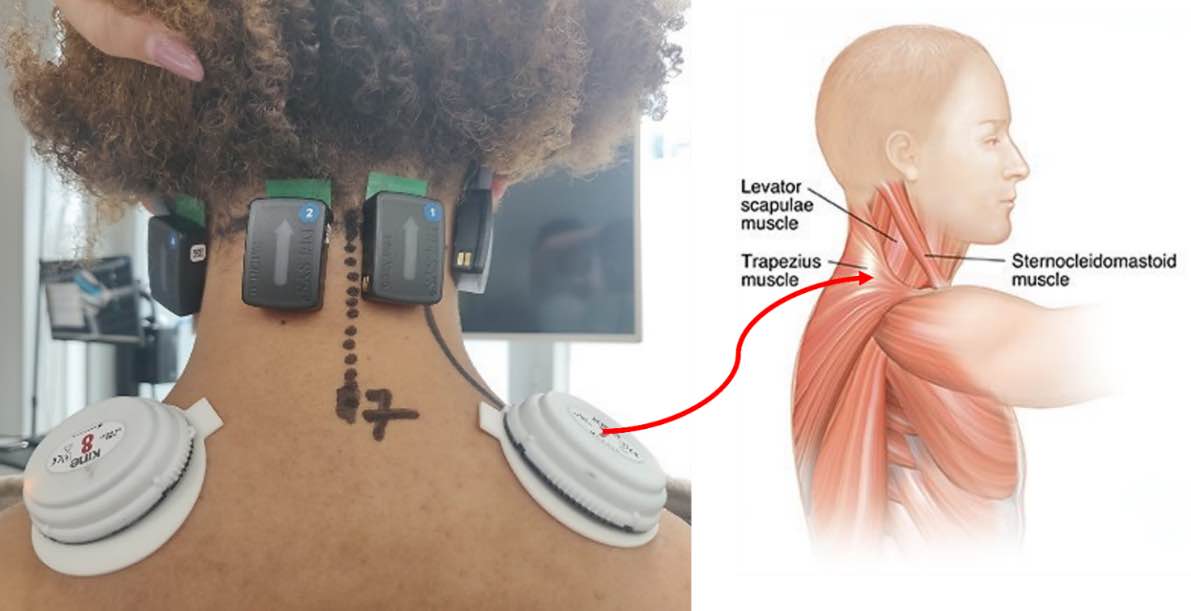Pre-Acquisition Questionnaire
In the initial phase, participants provide general information such as age, gender, weight, and height. They are then asked about their daily habits, including physical activities, the consumption of food, caffeine, nicotine, and alcohol. Following this, participants report their motion sickness susceptibility based on past experiences in transport and entertainment, rating their experiences on a scale from 0 to 3.
Participants also provide details about their general health status, including past experiences with conditions like deafness, tinnitus, dizziness, migraines, stress-related headaches, and hypertension. To assess their current health status, they share information on any history of concussions, anxiety, depression, and symptoms such as discomfort, fatigue, headaches, and nausea. Additional group-specific details are collected, covering pain, personal care needs, concentration, and daily activities for participants from specific groups, such as those with whiplash.

